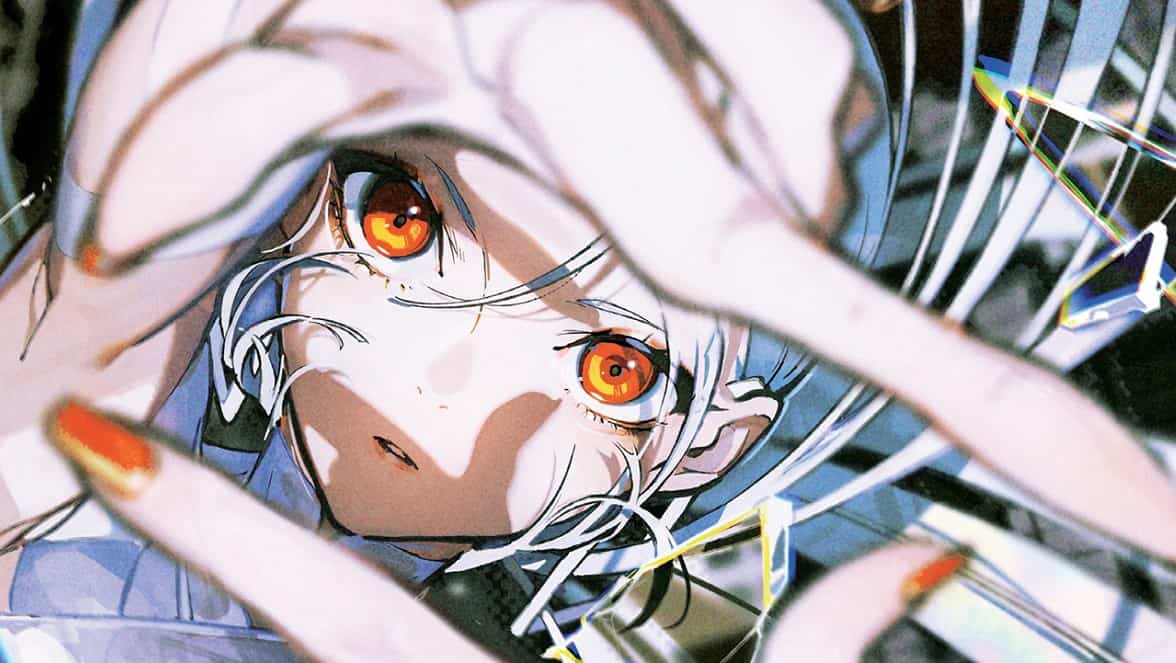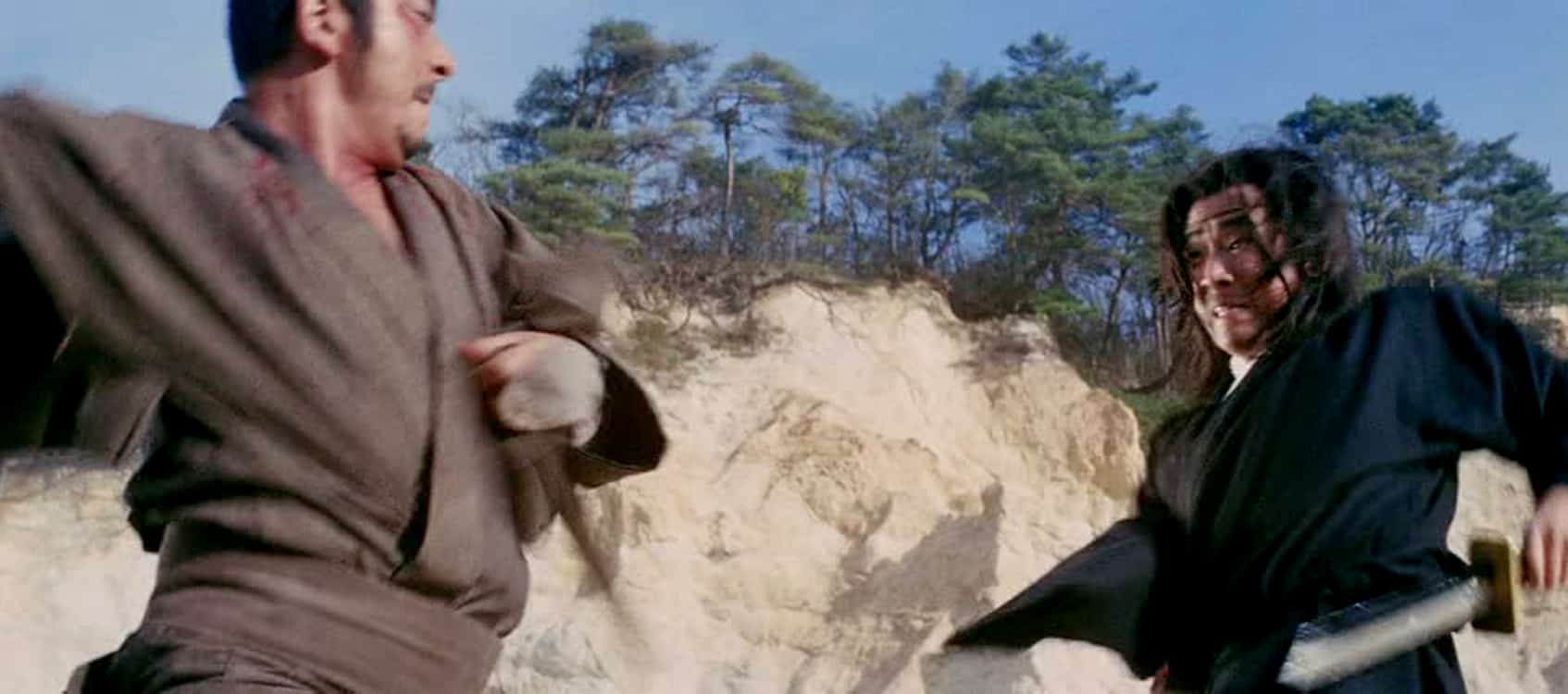“Akira” – repeatedly claimed as one of the greatest anime films of all time – has done little to support the sales of its followup film, “Steamboy.” Katsuhiro Otomo's equally monumental second feature doubly hit the books as one of the most expensive animated movies made to date. With a budget of 2.4 billion Yen ($26 million USD), this ambitious production cost over 180,000 drawings, 440 CG cuts, and around ten years of production for a 2-hour production.
Needless to say, it was epic.
Buy This Title

Like “Akira,” “Steamboy” tells another cautionary tale of mass destruction. This time, however, the film takes place in Britain at the peak of the Victorian era. Here, the film begins at the heart of the Industrial Revolution: Manchester. The film opens when the 13-year-old James Ray Steam (Anne Suzuki) receives a mysterious package from his grandfather. Apparently, an accompanying letter says, this unwieldy contraption is a “steam ball” — a highly-pressurized energy source that could change the course of manufacturing history. The steam ball cannot fall into the wrong hands, the letter warns, or else it could be used for great evil… as the members of the O'Hara Foundation, an international weapons distributor, have already figured out. Over the course of a week, Ray finds himself thrown into the heart of the fray in the nation's capital. He must conquer a moving steam castle, fight off giant robots, and navigate the 1851 Great Exhibition to save London from its demise.

The easy comparison is, of course, Studio Ghibli's “Howl's Moving Castle” — another English steampunk fiction released in the same year. While Hayao Miyazaki relishes in a touch of fantasy and wizardry, however, Otomo sticks to the magic of engineering. Like in “Howl,” everything inside of this automated beast feels alive: the gears churn and the pipes whistle, and it almost seems to move autonomously. In “Steamboy,” however, all of this is thanks to its human overseers rather than trickery. Humans, not machines, shape world history.
On this note, Otomo is extremely generous with his color scheme. Compared to “Howl's” more pastel and natural color palette, Otomo polishes and shines each of his metal-plated machines. The sheer magnitude of metal, as such, does not bore the eye with a dull palette of greys and blacks. Each knob seems to twinkle in the cameralight; each fighting robot-body exudes deliberate terror. In this re-imagined England that feels some parts “Terminator,” some parts “Animatrix,” and still other parts “Frankenstein,” Otomo successfully builds a horror out of sheer innovation.
The film is equally impressive because of Otomo's stereoscopic vision, as well. He doesn't shy away from drawing out the entirety of London city; in fact, he seems to indulge in it. In addition to photorealistic renderings of postcard locations — like Tower Bridge, Big Ben, and of course, the Crystal Palace itself — Otomo embellishes the screen with entire maps of the metropolis. This, in addition to the film's careful attention to each individually moving layer, contributes to the deep depth of field. The camerawork almost delivers an effect similar to that of “Attack on Titan” – where, because of its sheer 360 scope, the added CG components do not look unnatural at all.
Steve Jablonsky's score only adds to Otomo's steampunk saga. It swells and trumpets, sidestepping the piano score more typical to lower-budget anime films. In this magnificent sound design, Jablonsky follows Otomo's lead: this is as much a live-action film as anything else.
Admittedly, I watched “Steamboy” on AppleTV+, where only English voice-over was available. Surprisingly, the dubs suit the film as well. Whoever chose the English cast did a wonderful job, accounting for regional and class accents. Kari Wahlgren's Scarlett O'Hara St. Jones strikes the perfect pitch of being just as snooty and posh at once. Other mega-stars, including Patrick Stewart and Alfred Molina, perform naturally as well in their respective paternal roles.
All things considered, “Steamboy” is just as much a masterwork as “Akira” — only with better technology and a stronger sense of morality. It's truly a shame to think of how this feature has somehow eluded the attention of Western viewers for so long. Go watch this film (on a big screen) if you haven't already!
“Steamboy” can now be found on AppleTV+ for $3.99. This review is part of the monthly anime tribute at Asian Movie Pulse.















